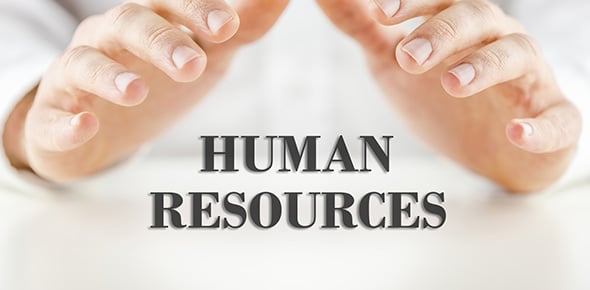Introduction To Payroll Systems - Qp4
- FASB
- IFRS
- GAAP
2.
You may optionally provide this to label your report, leaderboard, or certificate.
Submit
×
Thank you for your feedback!
















